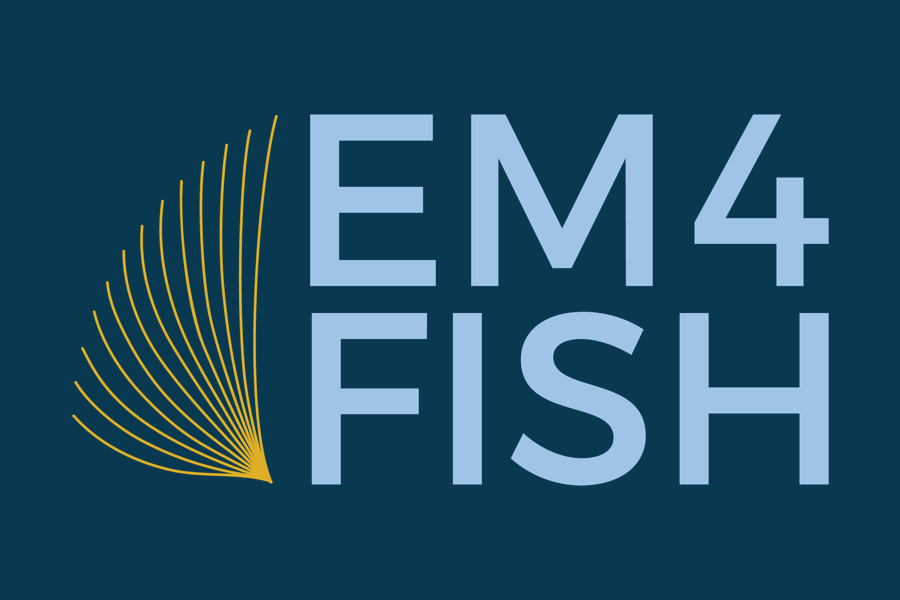By Laine Welch, reprinted with permission, Alaska Fish Factor
Automation is coming to Alaska fishing boats in the form of cameras and sensors to track what’s coming and going over the rails.
Starting next year, Electronic Monitoring systems (EM) can officially replace human observers as fishery data collectors on Alaska boats using longline and pot gear. Vessel operators who do not voluntarily switch to EMS remain subject to human observer coverage on randomly selected fishing trips.
The onboard observer requirement originally included vessels 59 feet and larger, but was restructured in 2013 to include boats down to 40 feet and, for the first time, was applied to the halibut fishery.
“Those smaller vessels have had a hard time accommodating human observers so we have been focused on that,” said Bill Tweit, vice-chair of the North Pacific Fishery Management Council which oversees the program.
Smaller boats also had a hard time with sky-rocketing observer costs under the restructured program, which in some cases, went from less than $300-$400 per day to over $1,000.
Starting in 2013, 15 pot cod boats aligned with the Homer-based North Pacific Fisherman’s Association and Saltwater, Inc. of Anchorage to field test EM in the Gulf of Alaska.
“We saw EM as a tool that could address many of the issues we had with the observer program. It has moved at a glacial pace, but it is finally moving and much more needs to be done,” said Malcolm Milne, NPFA president.
The EM systems were purchased with funding from the National Fish and Wildlife Foundation (NFWF) and proved they could track and identify over 95 percent of species required for fishery management decisions.
“Overall, the reception of EM by participants in the pot cod fishery has been positive,” said Abigail Turner-Frank, NPFA project coordinator. “Fishermen have expressed their enthusiasm about the potential cost effectiveness, not having to worry about an extra person onboard and the utility of the cameras showing hi-def deck views of their crew and gear while fishing.”
Testing EM on longline vessels has been ongoing since 2011 via the Sitka-based Alaska Longline Fishermen’s Association, in collaboration with NFWF, the Alaska Fisheries Science Center in Seattle and Archipelago Marine of Canada. The trials showed the costs, including data analysis, were $198 per day for six Sitka vessels and $332 per day for Homer boats.
Nancy Munro, Saltwater president, suggests that the data review could be done in Alaska to “create a tighter feedback loop.” She also strongly advocates that instead of losing their jobs, many fishery observers can be integrated into the EM program as data analysts to “keep their talent and experience in the fisheries.”
There are currently 458 fishery observers deployed in Alaska’s fisheries. The public has until May 22 to comment on the EM program to federal policy makers.
“We want to hear how well we did at tailoring this and secondly, we want to hear what their next priorities are,” said Bill Tweit. Comment at http://alaskafisheries.noaa.gov/

